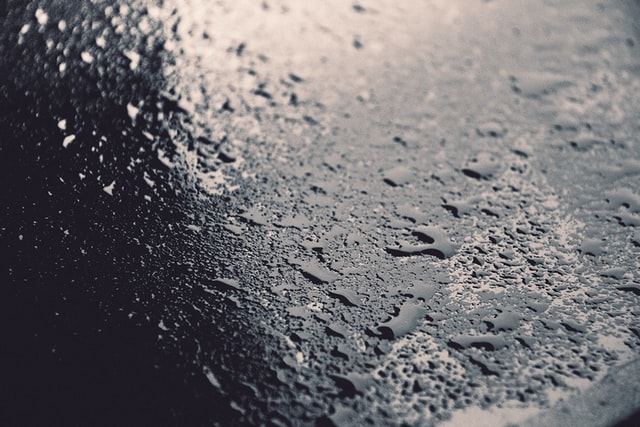There is a lot of difference between damp proofing and waterproofing. However, it is possible to be confused due to the fact that both processes are very closely linked. In reality, there should never ever be any need for waterproofing materials when you have installed a fantastic damp proof course or barrier in your home. Here are four interesting things that you should know about damp proofing.
What Is Damp Proofing
Damp proofing is a process that can be carried out as part of a renovation project to protect the interior of your home from damage caused by rising damp. In simple terms, rising damp occurs when moisture from nearby sources finds its way into drywall and beams in your property. Moisture will then start making its way upwards through masonry and can cause damage to your walls and wood.
Damp proofing is a process that consists of installing a damp proof course or barrier attached to an exterior wall. As the folks at https://advanceddamp.co.uk/ explain when you hire professionals, a survey is conducted to find the source of the damp in your property, then the process begins. The purpose of the damp proof course is to limit the amount of moisture that can flow into your property via capillary action. A great way to think about this principle is to imagine how water will flow through pieces of cotton wool. However, if you have a damp proof course in place, then the water will not be able to go beyond that barrier.
It’s Not The Same As Waterproofing
Damp experts https://insituscp.co.uk/ state that many people confuse damp proofing with waterproofing, since both processes are aimed at keeping moisture out of a property. However, there is a world of difference between them, as damp proofing is merely aimed at stopping damp before it gets into your home. It can totally prevent the problem by blocking all sources of moisture that could possibly damage your property. On the other hand, waterproofing materials are designed to keep water out no matter what type of situation you find yourself in.
To illustrate the difference, consider the situation where you have a small crack in your roof. If your ceiling is damp proofed, then you should not have any issues as long as that part of the roof does not get completely torn off. If it does, then all the rainwater will come into your home and this could lead to serious damage. However, if water can enter your home despite the fact there is a damp proof course in place, then waterproofing materials will come into play.
It’s A Difficult Process To DIY
Like many other processes in the world of building and renovation, damp proofing is something that you should not be doing yourself. While it may appear like a relatively straightforward process to go ahead with, professionals will tell you that this could lead to serious damage if undertaken by an amateur.
If you want to carry out damp proofing on your own, then make sure that you have a great understanding of how exactly to go about the process. If not, then it is always best to leave things in the hands of a professional, since they will protect your property from damage and ensure that everything is done by the book. The consequences of doing it wrongly by yourself are very serious, for example, your structure could get damaged which could lead to the collapse of parts of your building.
The Upgrade Offers Long-Term Protection
When you take the step to upgrade your damp proofing system as part of a renovation project, you should consider this as an investment for the future. If you go ahead with damp proofing then it will not only protect your property from future damage but also enhance the comfort of your home since humidity levels will be more manageable throughout the year. And after the installation of your damp proofing system, you will never have to worry about this problem again.
Note that many people upgrade their damp proofing when they notice the first signs of mold or moisture, and, if you want to do this in order to avoid getting waterlogged in your property, then it is best to plan for this early on. If not, and the problem becomes worse and worse over time, then upgrading will be very expensive since you will have to carry out even more work.
If you want to avoid permanent damage to your property, then upgrading your damp proofing is a great idea, especially if you think that it may be near the end of its life. You will not only prevent moisture from entering your home but also improve the overall quality of living in your home since humidity levels will be more manageable.

